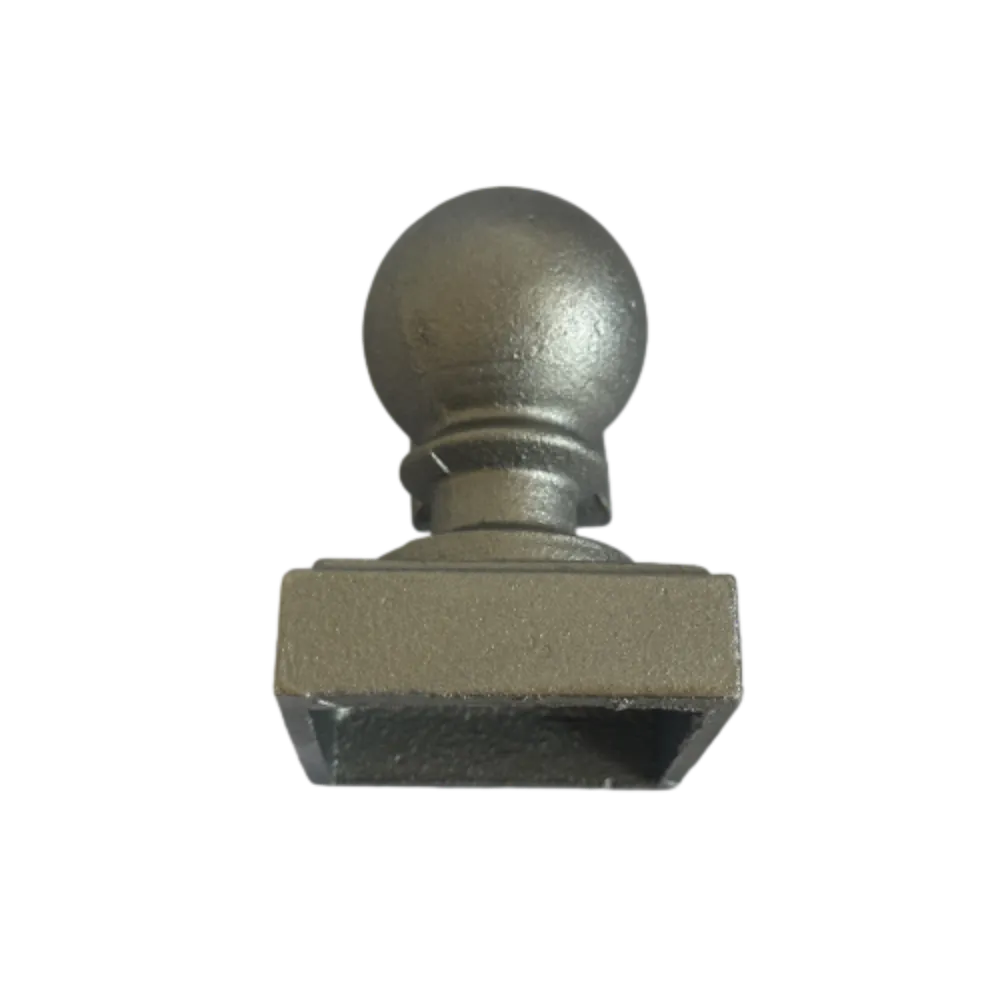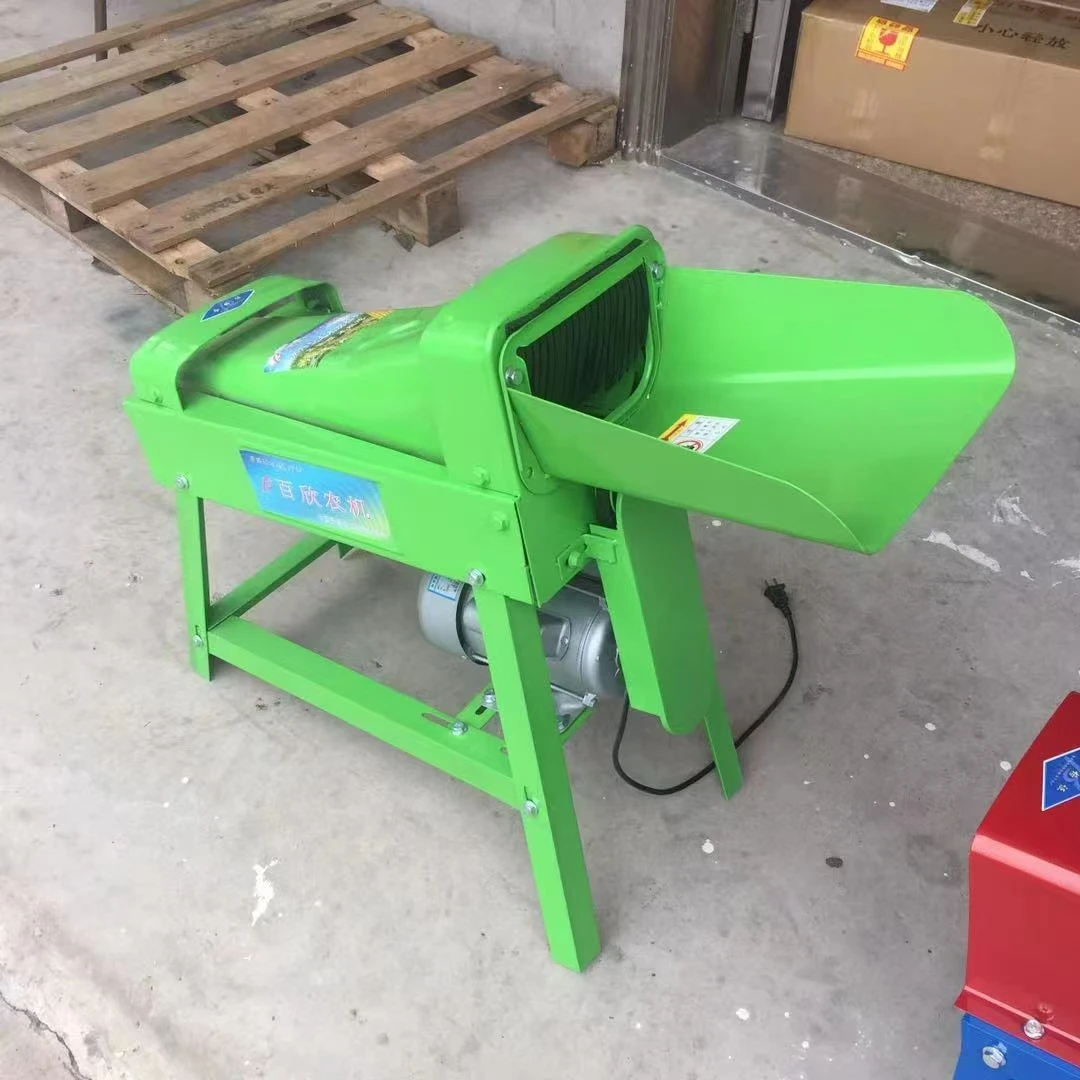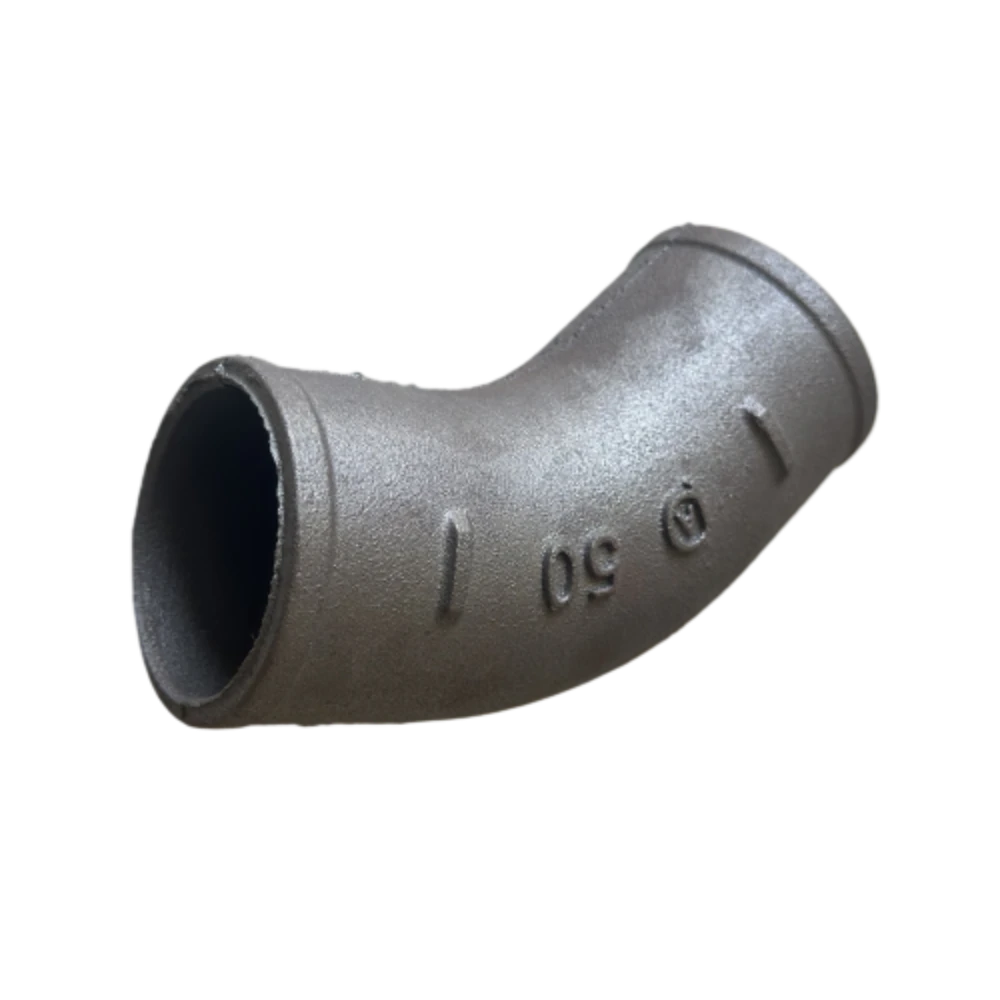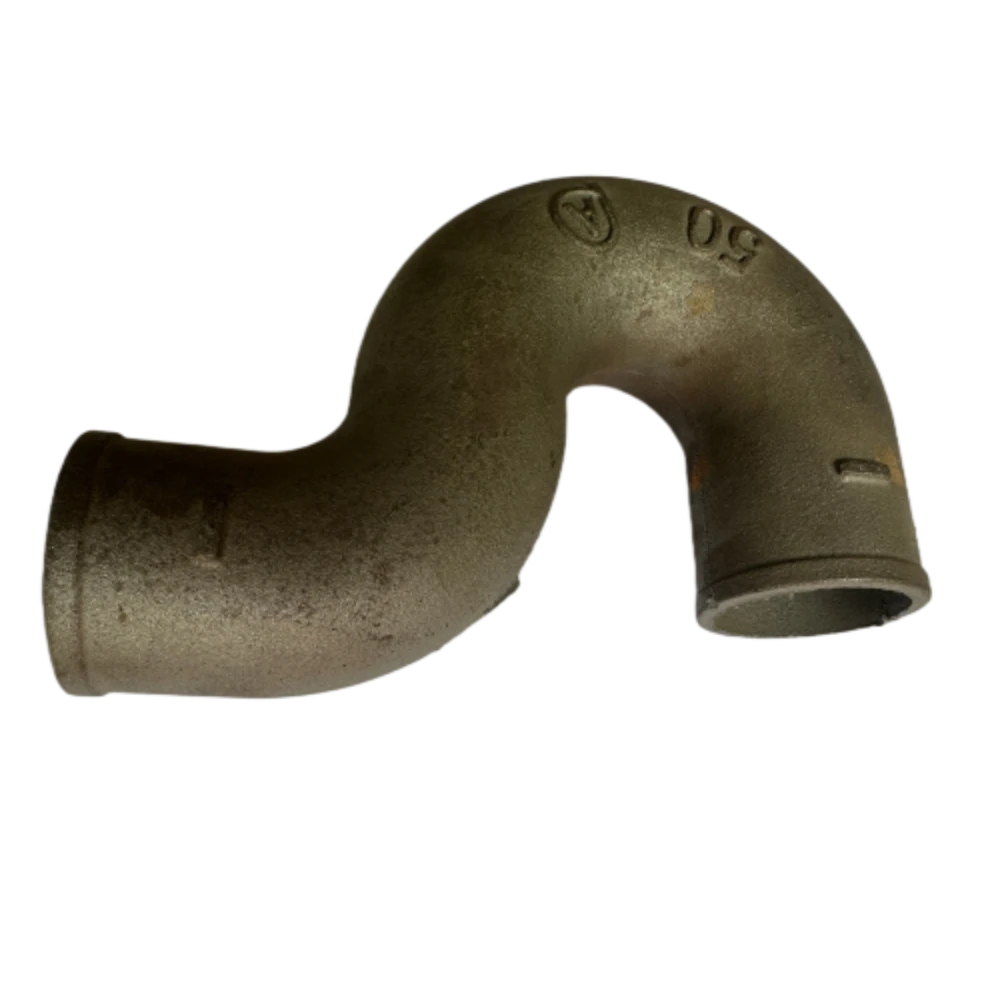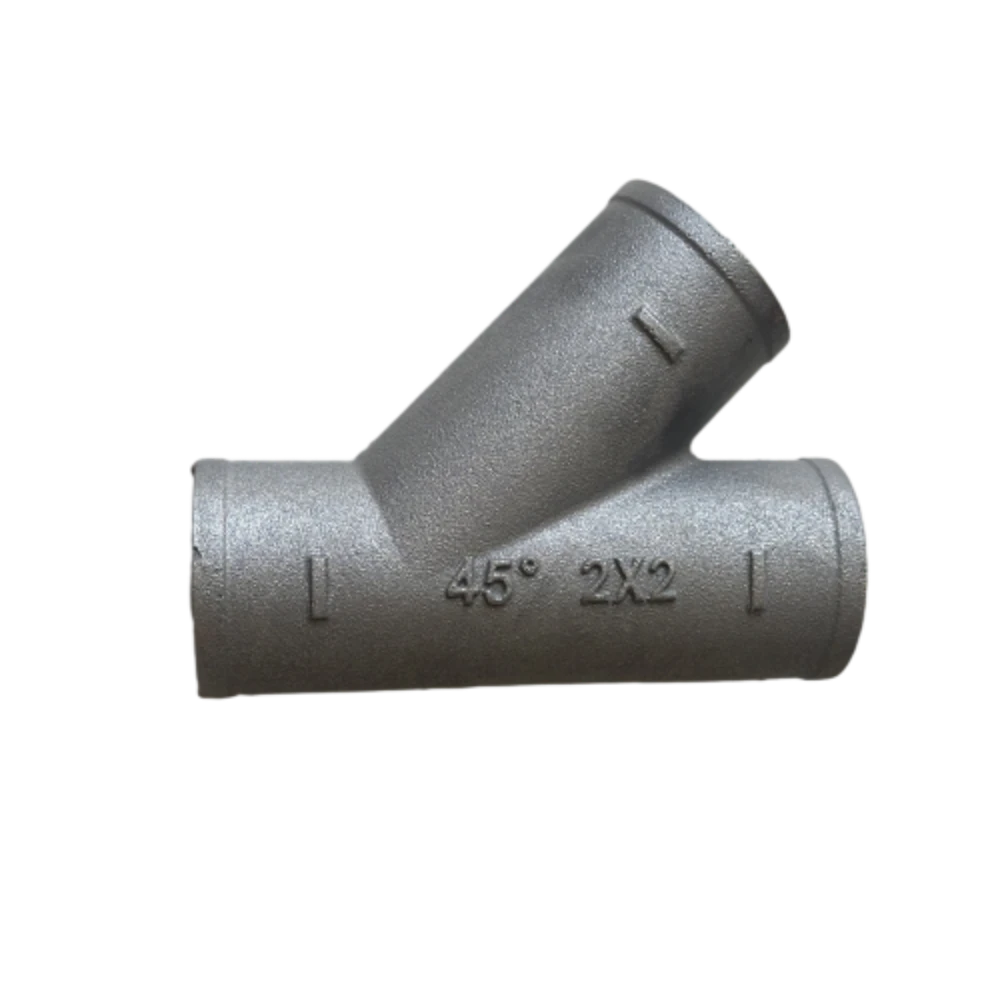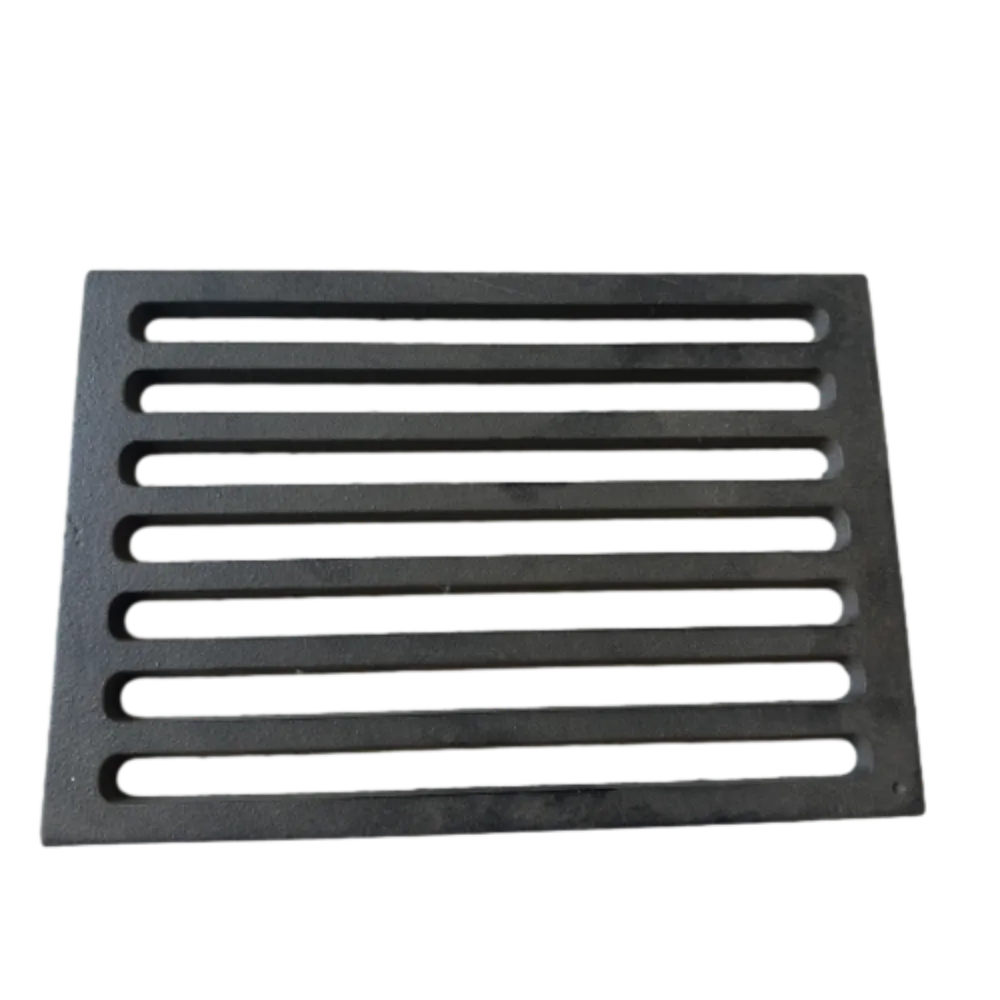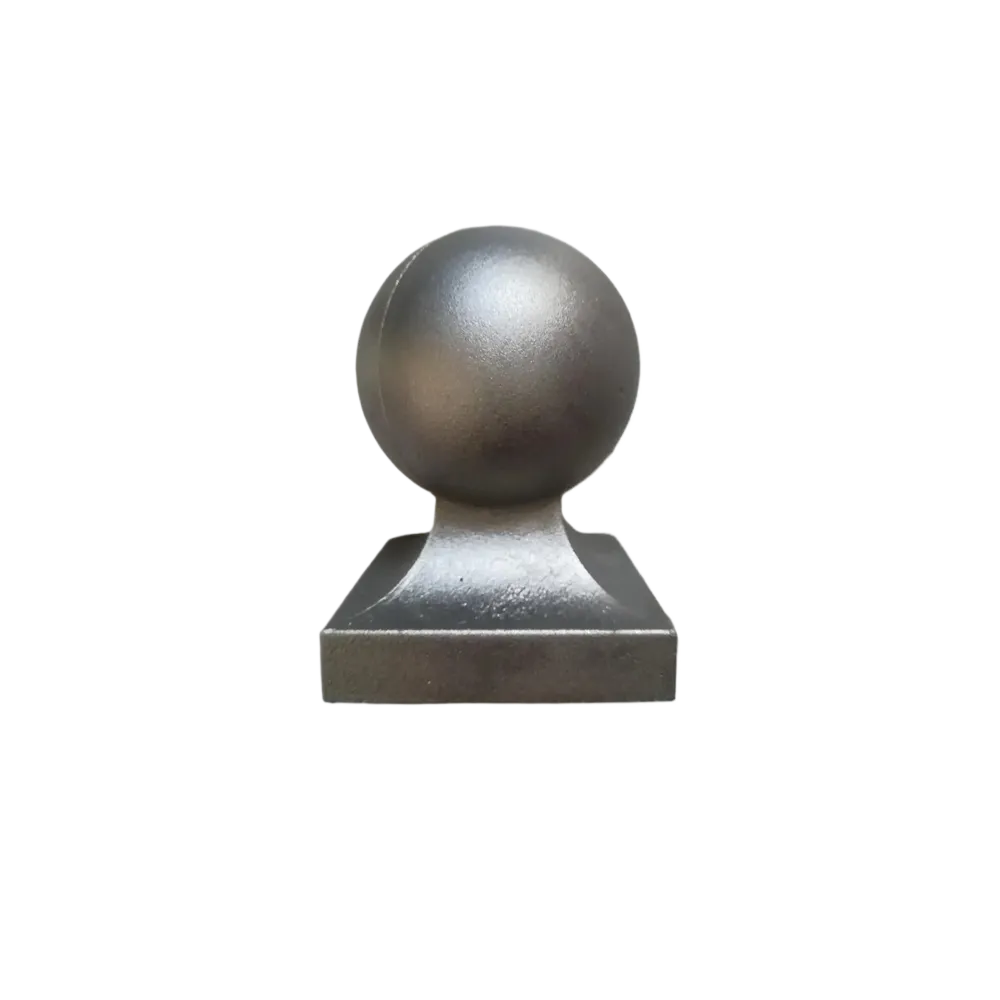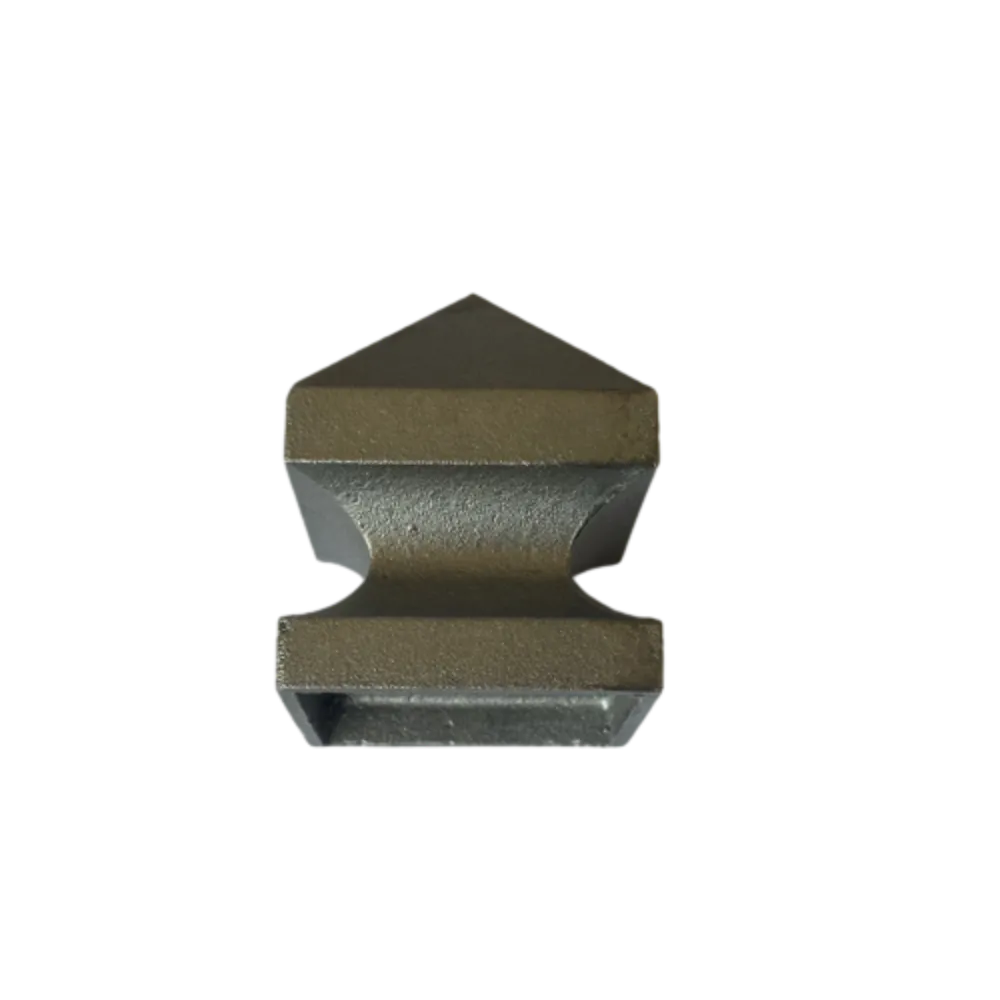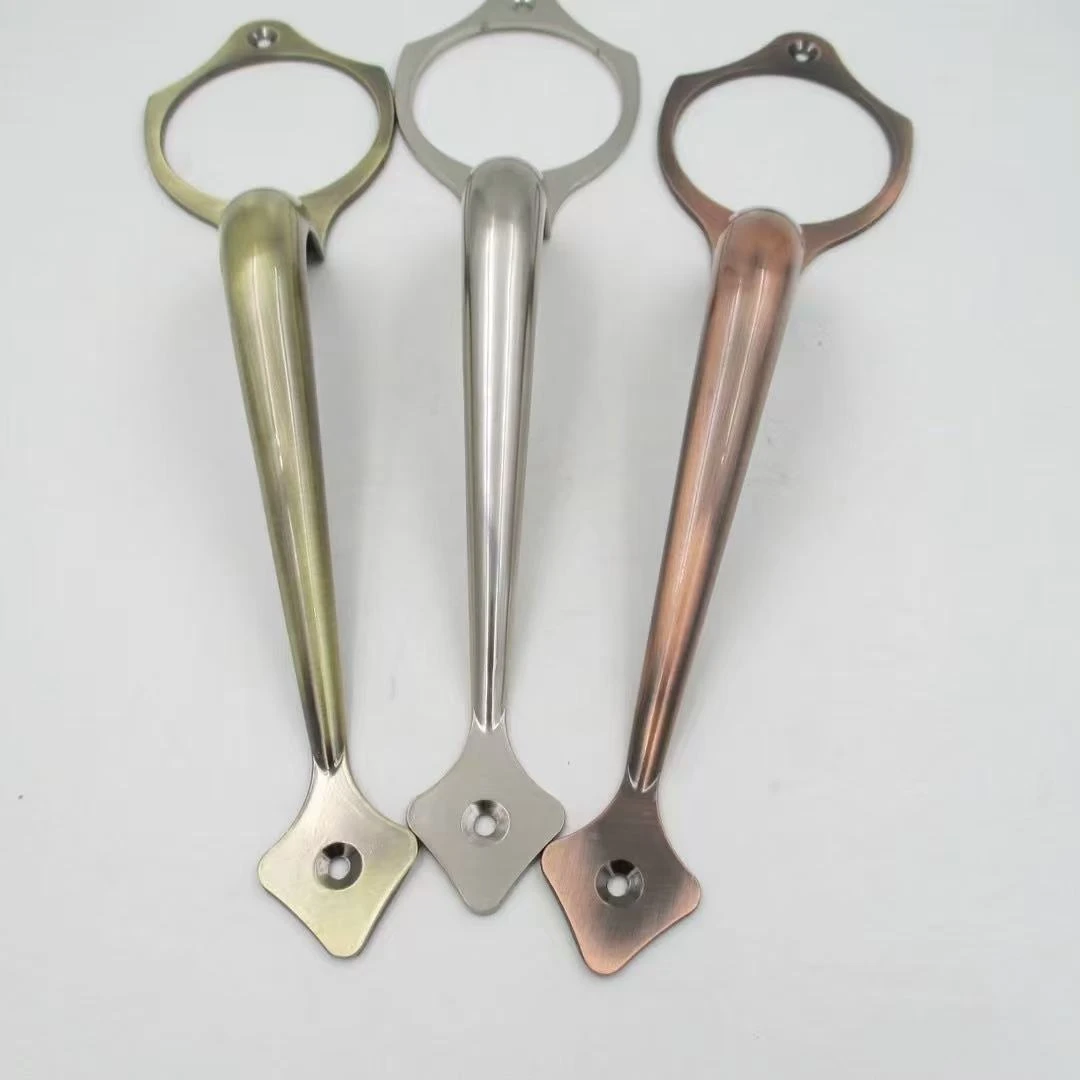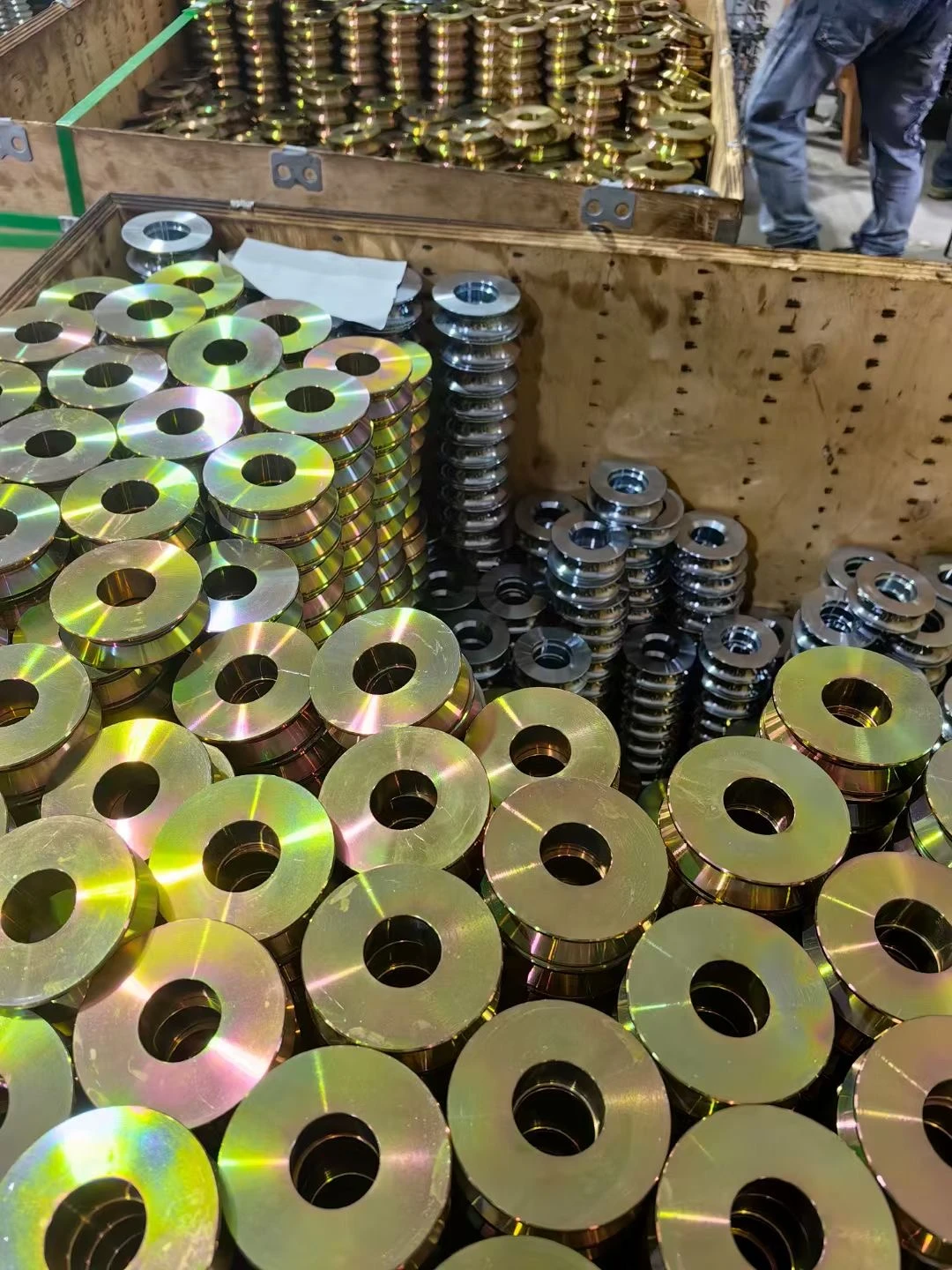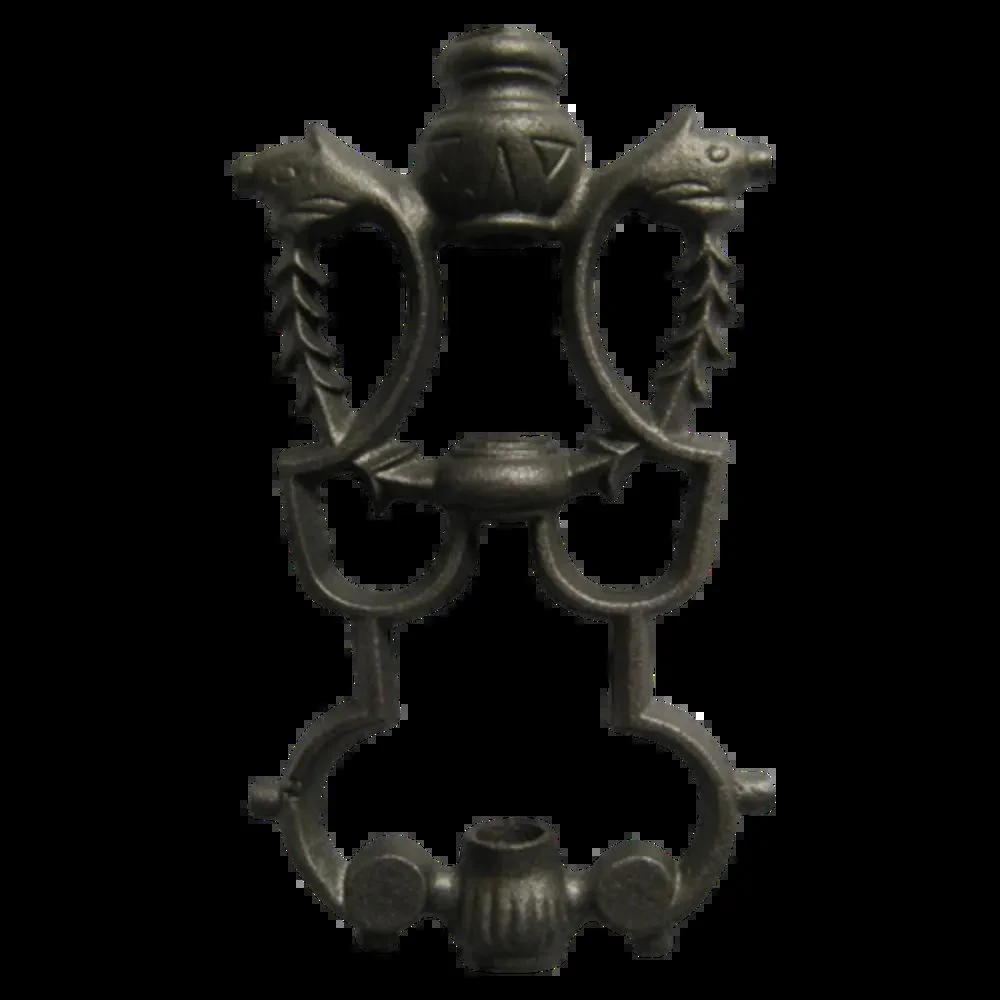Premium Iron Post Caps – Durable Wrought & Cast Iron Post Caps for Fences & Decks
- Introduction: Overview of Iron Post Caps
- Material Science: Wrought vs. Cast Iron Post Caps
- Performance Data and Technical Advantages
- Comparing Leading Manufacturers
- Customization and Design Options
- Application Case Studies: Real-World Installations
- Conclusion: Iron Post Caps for Advanced Protection and Style
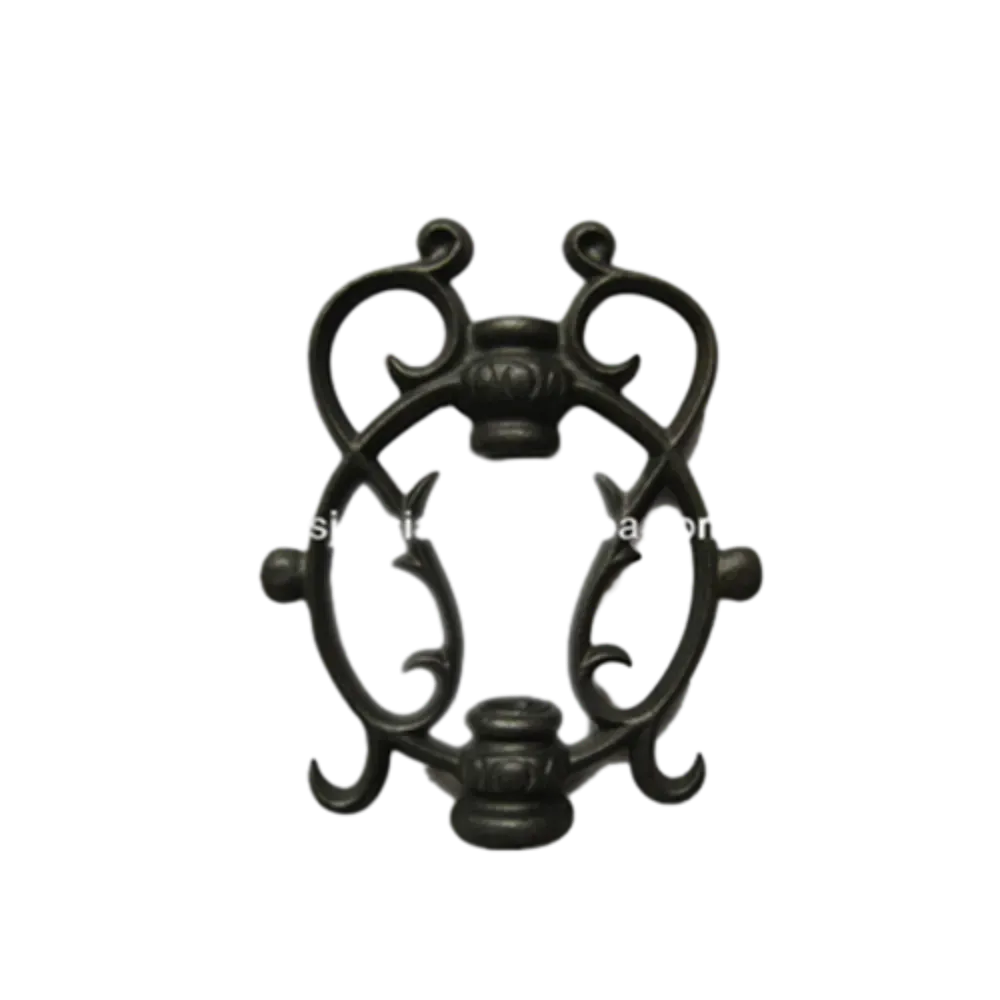
(iron post caps)
Introduction: The Versatility and Significance of Iron Post Caps
Iron post caps play a critical role in the longevity and aesthetics of fencing systems, providing both structural protection and architectural detailing. As both functional and decorative elements, these accessories shield posts from external elements, preventing moisture ingress and reducing decay rates. In recent years, residential and commercial architecture have seen a surge in the demand for various types of post caps, particularly those crafted from iron due to their resilience and timeless appeal. The expansion of wrought iron post caps
and cast iron post caps in the market underscores their popularity, with an industry report indicating global demand for decorative fence post accessories reached over $550 million in 2023, a 14% increase over the previous two years. This article covers material advantages, technical data, vendor comparison, custom options, and real-world installation insights, helping professionals and property owners make informed decisions.
Material Science: Wrought vs. Cast Iron
Selecting a post cap material is an exercise in engineering and aesthetics. Wrought iron is famed for its ductility and malleability, making it ideal for intricate designs and long-lasting structural elements. This iron alloy is worked by hand or machine, providing a fiber-like grain that resists sudden fracture. Performance evaluations show wrought iron post caps boast a tensile strength between 36,000-54,000 psi—substantially higher than many softer metals—enabling these caps to withstand significant impact and torque without deforming.
Cast iron, formed by pouring molten metal into molds, fosters design repeatability and cost-effectiveness. Although it lacks the fibrous structure of wrought iron, cast iron post caps excel in compressive strength (approximately 130,000 psi), making them suitable for high-traffic or load-bearing installations. Recent corrosion resistance studies reveal that cast iron’s porosity can be mitigated through modern powder coating and painting techniques, expanding its outdoor viability. The environmental factors, usage requirements, and design preferences all interplay when selecting the optimal iron post cap.
Performance Data and Technical Advantages
Decades of field data and laboratory analysis solidify iron post caps as premier protective solutions. Their technical superiority rests on several pillars:
- Corrosion Resistance: Premium powder-coated or galvanized iron caps last over 15 years in harsh urban environments, compared to 8-10 years for untreated alternatives.
- UV Protection: Specialized finishes maintain over 90% color retention after five years of continuous sun exposure.
- Impact Strength: Drop tests (2kg/1m height) show wrought iron caps maintain form integrity with less than 1.3mm deformation.
- Water Ingress Prevention: Enhanced flange geometry reduces post water absorption rates by up to 91%.
For technical clarity, see the following table with key performance metrics:
| Property | Wrought Iron Post Caps | Cast Iron Post Caps | Aluminum Post Caps (Reference) |
|---|---|---|---|
| Tensile Strength (psi) | 36,000–54,000 | 20,000–60,000 | 20,000–30,000 |
| Compressive Strength (psi) | 36,000–54,000 | 100,000–130,000 | 15,000–18,000 |
| Service Life (Years, Outdoor) | 15–20 | 10–18 | 8–12 |
| Annual Maintenance (Hours/100 units) | 2–3 | 2–4 | 4–6 |
| Finish Options | Powder coat, paint, patina | Powder coat, paint | Anodized, powder coat |
Comparing Leading Manufacturers
The market for iron post caps is shaped by a variety of global and regional manufacturers, each leveraging unique engineering processes and quality standards. An analysis of leading producers, based on customer reviews, warranty terms, and technical innovations, highlights distinct competitive advantages.
- Leading Forge Inc.: Specializes in hand-wrought iron post caps, known for precise craftsmanship and customizable finishes. Warranty: 10 years, 98% customer satisfaction.
- Ironcraft Manufacturing: Offers a diverse range of cast iron post caps, with advanced powder coating lines and in-house quality testing labs. Warranty: 7 years, 94% satisfaction.
- Metallix Solutions: Focuses on eco-friendly processes, 50% recycled input, and robust technical testing. Warranty: 15 years, 91% satisfaction.
- Budget Rail Supplies: Produces high-volume but basic iron post caps, primarily plain or with minimal finish. Warranty: 3 years, 78% satisfaction.
Below is a summarized comparison of key manufacturers:
| Company | Material Specialization | Warranty (Years) | Customer Satisfaction (%) | Eco Rating |
|---|---|---|---|---|
| Leading Forge Inc. | Wrought Iron | 10 | 98 | ★★★★☆ |
| Ironcraft Manufacturing | Cast Iron | 7 | 94 | ★★★☆☆ |
| Metallix Solutions | Wrought & Cast Iron | 15 | 91 | ★★★★★ |
| Budget Rail Supplies | Basic Iron | 3 | 78 | ★★☆☆☆ |
Choosing an appropriate manufacturer often hinges on a balance between technical needs, longevity expectations, and environmental considerations.
Customization and Design Options
The landscape of design options for iron post caps reflects both tradition and modern ingenuity. Standard offerings include pyramid, ball, acorn, and flat-top motifs, each available in varying sizes and colors. More contemporary projects feature laser-cut or CNC-machined patterns, metallic patinas, and integrated solar lighting.
Customization is a pivotal aspect for commercial and bespoke installations. Manufacturers provide 3D digital modeling for previewing shapes, as well as sample production runs for large-scale projects. Typical lead times for customized batches range from 14–21 days, with minimum order quantities starting at 50 units. Recent industry data shows over 45% of large residential developments selected some level of customization for new fencing in 2023.
- Material Blending: Some clients opt for mixed metal post caps, combining the strength of iron with decorative elements in copper or stainless steel.
- Color Specifications: RAL color systems ensure precise color matching to fencing or brand guidelines.
- Surface Textures: From hammered to smooth or sandblasted, a range of tactile finishes is available to suit different architectural styles.
Design flexibility not only enhances the post cap’s aesthetic function but also addresses local climate challenges, corrosion resistance, and ease of installation.
Application Case Studies: Real-World Installations
The practical benefits of iron post caps are evident in a wide array of environments—from heritage estates to modern city parks and bustling commercial developments. Recent case studies illustrate their impact.
- Urban Public Park (Seattle, WA): Over 900 powder-coated wrought iron post caps installed, showing zero major corrosion after six years. Maintenance hours reduced by 80% compared to previous installations.
- Historic Estate (Charleston, SC): Restoration project used custom acorn-head cast iron post caps, ensuring historical fidelity and increasing property value by 12%, as assessed post-renovation.
- Commercial Complex (Dallas, TX): Utilized mix of ball-top and pyramid designs, over 1,400 units. Integrated branding elements within the cap casting, improving tenant brand visibility and reducing unauthorized post access incidents by 27%.
- Multi-Family Residential (Denver, CO): Replaced aging timber caps with new iron units. Project cut annual replacement costs by nearly 60% and achieved 97% resident approval in follow-up surveys.
In every scenario, iron post caps demonstrated remarkable durability, cost savings, and design flexibility, while positively impacting property value and user experience.
Conclusion: Iron Post Caps for Enduring Protection and Visual Impact
Iron post caps represent a synthesis of engineering, craftsmanship, and architectural expression. Whether the preference leans toward the artisanal heritage of wrought iron or the robust efficiency of cast iron, these components extend the lifespan of fencing investments while elevating visual appeal. Technical data and application case studies confirm their enduring value and adaptive function in a range of climate and installation contexts.
When choosing post cap solutions, stakeholders should consider not only performance statistics and manufacturer credentials but also opportunities for customization and alignment with long-term maintenance objectives. The iron post cap remains a cornerstone accessory for those intent on merging strength, sustainability, and elegance at every boundary.
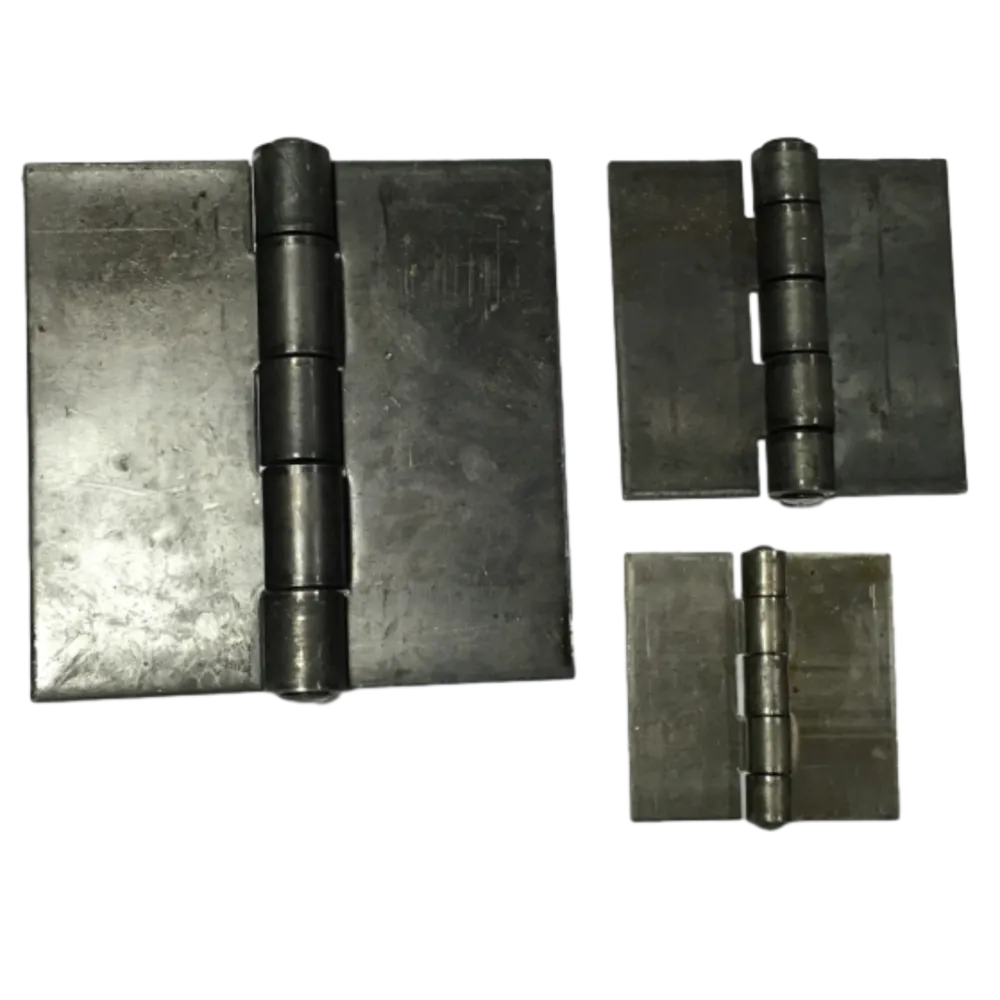
(iron post caps)
FAQS on iron post caps
Q: What are iron post caps used for?
A: Iron post caps are used to cover and protect the tops of fence or gate posts. They help prevent water damage and rust. Additionally, they add a decorative touch to fencing.Q: What's the difference between wrought iron post caps and cast iron post caps?
A: Wrought iron post caps are made from malleable iron, known for its toughness and ability to be shaped. Cast iron post caps are produced by pouring molten iron into molds, making them more brittle but intricate in design. Both offer protection and style for posts.Q: Can I install iron post caps myself?
A: Yes, most iron post caps are designed for straightforward installation with screws or adhesives. Ensure you measure your post tops for a snug fit. Always follow the manufacturer's instructions for best results.Q: Are iron post caps weather-resistant?
A: Iron post caps are typically weather-resistant, often coated to prevent rust and corrosion. They protect the post from the elements. Regular maintenance can extend their lifespan.Q: Do iron post caps come in different sizes and designs?
A: Yes, iron post caps come in various sizes to fit different post dimensions. They are available in multiple designs, including ornamental and plain styles. This allows you to match them with your fence or gate aesthetic.-
Window Lock Handle for Security UpgradesNewsJun.20,2025
-
Proper Lubrication Techniques for Sliding Gate WheelsNewsJun.20,2025
-
Ornamental Iron Castings for Interior DesignNewsJun.20,2025
-
Creative Ways to Decorate Around a Cast Iron FireplaceNewsJun.20,2025
-
Cast Iron Pipe and Fitting for Plumbing SystemsNewsJun.20,2025
-
Cast Iron Panel Casting for Architectural ElementsNewsJun.20,2025


